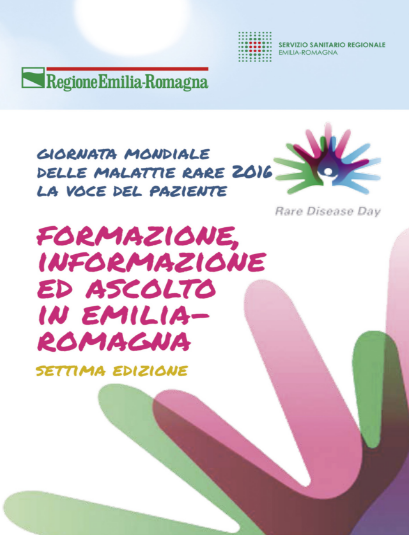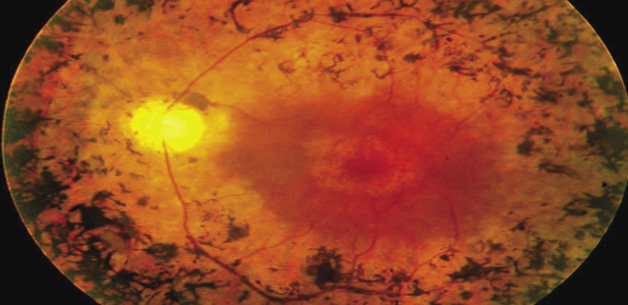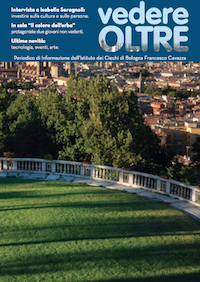Close to 240 people participated on March 5th in the 7th edition of the training and information session organized by the Emilia Romagna Region, as part of the Rare Disease Day. The event was aimed at doctors, health care professionals and associations, namely all those involved in the health care path of individuals affected with a rare disease.
The Institute for the Blind Francesco Cavazza has always worked to foster the integration and autonomy of people with severe eye diseases and responded positively to the invitation to participate in the initiative. The Istituto offers numerous education, training and rehabilitation services, and is also quite involved in study and research activities relating to hardware and software technology. These activities have allowed us to develop, in the labs of our offices located on Via Castiglione 71, technical aids which have been widely distributed.

By definition, rare diseases are pathologies with a low prevalence in the population. In Europe, diseases are considered rare when they affect no more than 5 individuals out of 10,000. The World Health Organization estimates that there are between 6,000 and 7,000 such diseases. In the European Union only, between 27 and 36 million individuals suffer from some form of rare disease.
The rare diseases that affect sight are inherited retinal dystrophies which represent one of the main causes of severe vision loss in youth and adults.
The data reported during the day by Dr. Nicole Balducci, eye specialist at the Ophthalmology Operating Unit, managed by Dr. Antonio Ciardella, at the Policlinico Sant'Orsola Malpighi in Bologna, indicate an incidence of 1 in 3,000 with 2 million people affected in the world.
Retinitis pigmentosa is perhaps the most widely known and it is estimated that 1 individual out of 3,000 to 1 out of 7,000 is affected by the disease. Stargardt maculopathy has a minor incidence which varies from 1 out of 8,000 to 1 out of 10,000. Achromatopsy has the prevalence of 1 out of 30,000 while Leber congenital amaurosis has an estimated prevalence between 1 out of 30,000 and 1 out of 80,000. Best maculopathy varies from 1 out of 5,000 to 1 out of 67,000.
In his last letter, Ghoete wrote: "They used to say: the animals are trained by their organs; I would add, so are men; but they are also free to train their organs." These words, written in 1832, can describe the concept of rehabilitation which is nothing more than the result of learning new strategies, in response to the change which brought on a condition of disability.
The itineraries that can be followed at the Istituto Cavazza are personalized and multidisciplinary. The approach has to take into account different elements, the first one being the age of onset of the disease.
A serious visual impairment happening in the early years of life can have an impact on the harmonious development of the child even interfering significantly on his or her personality and relationships. While the onset of an impairment in adulthood or in old age has effects on labour inclusion or more generally the sustaining of independence at home and one's own autonomy.
The typology of the visual impairment will then determine the intervention framework. For example, with vision loss in the lateral field of vision (as is the case with retinitis pigmentosa), the work will mostly focus on increasing abilities to facilitate orientation and movement.

With vision loss in the central vision, as is the case with maculopathy, the approach will instead aim at the recovery of everyday life activities like reading and writing.
Collaboration with the ophthalmologist is always essential, and diagnosis and prognosis, or the likely progression of the disease, are the foundation on which is based the rehabilitation program. As needed, advice relating to rehabilitation will accompany prosthetic, typhlological and educational counselling.
In this context, the Istituto is among the pioneers that have established, where feasible, the concept of at-home visual rehabilitation which contributes to avoiding the drawbacks related to the exhausting travels necessary for treatments.
A more user-friendly technology broadly accepted today even by those who had never used it before represents our aim for the future.
To this end, our technicians and engineers work tirelessly on testing, studying and designing new solutions to improve the quality of life of people living with vision loss.





.png)